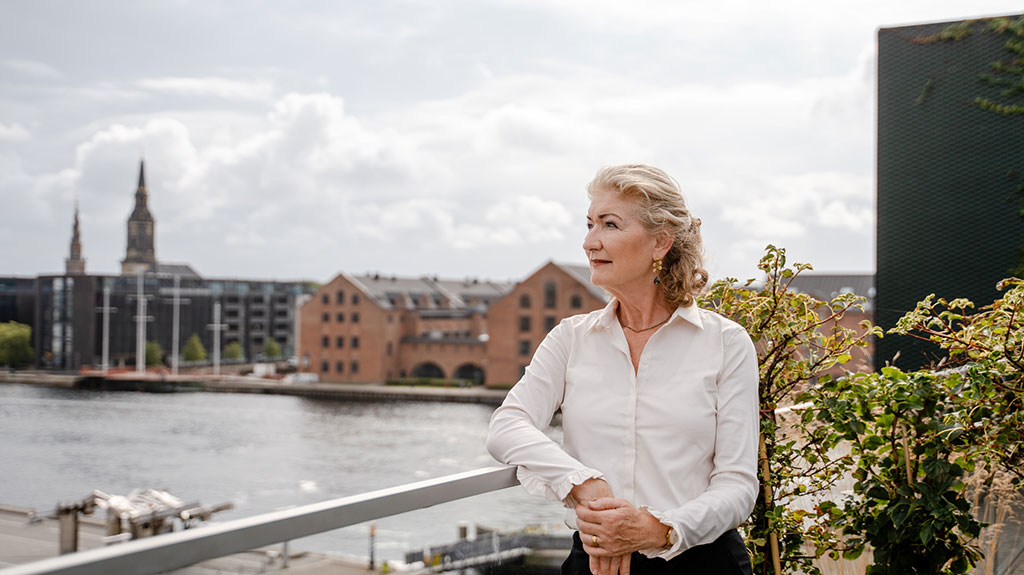From DEI to Culture: Why Inclusion Must Be a Leadership Discipline
For years, diversity, equity, and inclusion (DEI) have been framed as HR’s responsibility. Policies, workshops, and initiatives have aimed to create fairer workplaces. Yet results remain mixed.
Women, minorities, and international employees often report feeling excluded, overlooked, or pressured to fit in – and too many choose to leave their organisations.
According to Heidi Rottbøll Andersen, CEO of Living Institute, the problem is not ambition but ownership. “Inclusion is not an HR project. It is a strategic leadership discipline,” she stresses.
Unless the executive team drives inclusion, it will not take root.
Culture Change Starts at the Top
When inclusion is treated as a side project, it fails to gain traction. Leadership alignment is essential. Andersen argues that inclusion must be part of the company’s strategy, performance goals, and management practices – not a set of symbolic HR policies.
Only then does culture transformation begin.
Living Institute calls this approach transformative leadership: reshaping how organisations collaborate, who is invited into decision-making, and how diverse perspectives are valued.
Without it, employees experience what Andersen describes as “structural headwinds” – barriers that make them feel unwelcome or unheard.
Bias, Blind Spots, and the Cost of Conformity
One of the greatest barriers to inclusion is unconscious bias. Many leaders unknowingly create an “A-team” of employees who resemble them, and a “B-team” of those who don’t.
The consequences are visible: the A-team gets the opportunities, while the B-team struggles for recognition.
This isn’t about ill intent but about blind spots. Leaders must learn to spot their own patterns and consciously invite differences into the room.
Without this, companies risk losing talent and reinforcing sameness.
Maybe you also want to read: The C-Suite’s Crucial Role in DEI Strategy: A Mission Beyond Metrics
Psychological Safety Fuels Innovation
Inclusion is not just about fairness – it is about business performance. Employees will not share new ideas if they fear criticism or exclusion.
Heidi R. Andersen underlines the link between psychological safety and competitiveness: without it, organisations simply reproduce the past.
Leaders must therefore cultivate a speak-up culture where every voice is valued. This is the foundation for innovation, engagement, and long-term resilience.
Moving Beyond DEI Labels
Internationally, DEI has faced political pushback. In the US, new laws and rulings have curtailed diversity requirements.
Even global companies like LEGO have stopped using the DEI language. For Heidi R. Andersen, this is not the end but a chance to reset:
“It opens the door to call it what it should have been all along – People, Leadership, and Culture. It’s not about labels, it’s about creating workplaces where people thrive, stay, and contribute.”
Measuring What Matters
Real progress requires measurement. Trivial satisfaction surveys are not enough. Living Institute advocates for in-depth cultural assessments with at least 20 questions on safety, voice, and equal opportunity.
Such data provides the insights needed to act – and proves to employees that their experiences matter.
The Real Indicator of Success
Ultimately, inclusion is not about terminology or checklists. The strongest measure is simple: a workplace nobody wants to leave.
If employees stay, grow, and contribute, inclusion is working. If they leave in large numbers, it is a strategic failure – and a business risk.
The conclusion is clear: inclusion must be anchored in leadership, embedded in culture, and measured with precision. Only then does it become a true competitive advantage.
